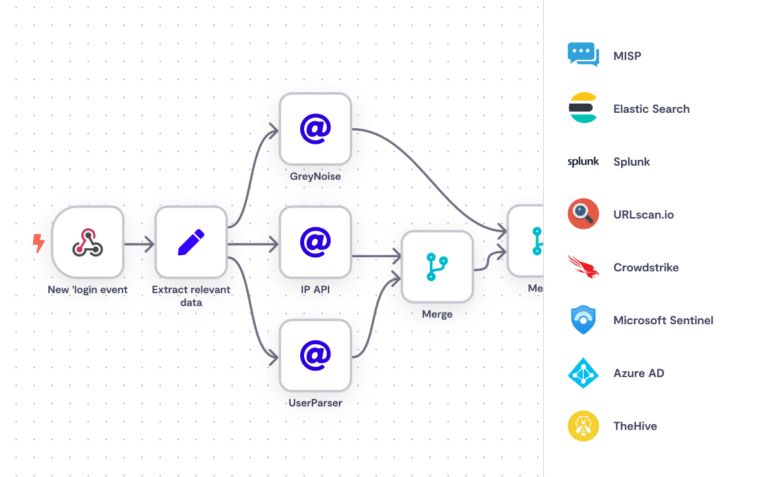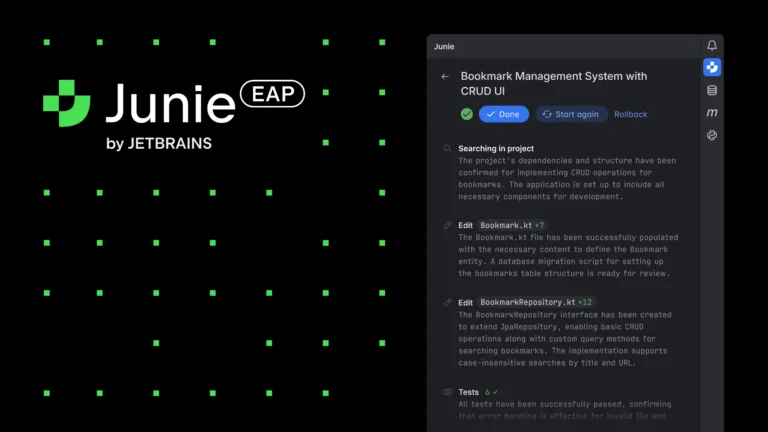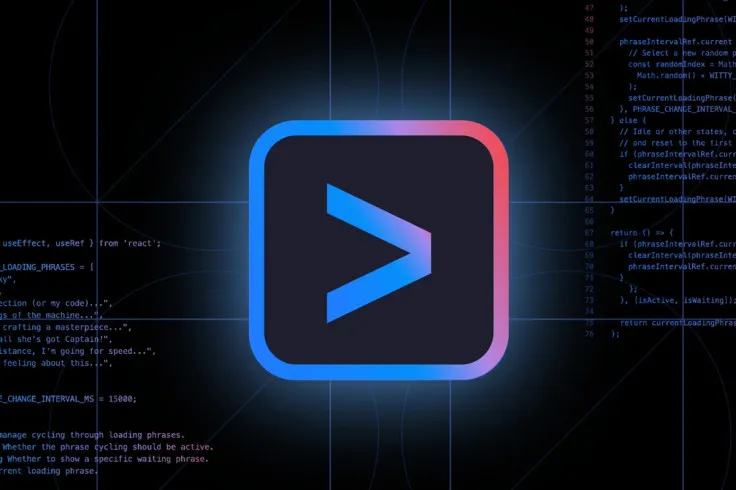Marketing automation is the key to efficient business process management, optimizing CRM, mailing, and forms in mobile and web applications. Learn how to integrate these elements to boost your marketing performance.
Introduction to Marketing Automation
Marketing automation allows companies to manage marketing campaigns more effectively and increase efficiency. With modern technology, it’s possible to automate time-consuming tasks such as email campaigns, CRM contact management, and data collection through forms. In the age of digital transformation—especially in mobile and web apps—process automation has become essential for staying competitive.
Why Is Marketing Automation Important?
Marketing automation helps companies save time and resources while improving the precision and effectiveness of their marketing efforts. This enables teams to focus on strategy and creativity rather than repetitive tasks.
Key benefits of automation include:
- Time savings – Campaigns can be executed faster and more efficiently without manual intervention.
- Increased efficiency – Automated processes are more accurate and less prone to human error.
- Better data management – Automation simplifies data collection, analysis, and use for personalized communication.
- Scalability – Marketing activities can be scaled up without a proportional increase in workload.
CRM – The Heart of Effective Automation
CRM (Customer Relationship Management) systems enable businesses to manage customer relationships efficiently. In the context of marketing automation, CRM plays a crucial role in collecting and analyzing data needed for campaign personalization and optimization.
Integrating CRM with Mobile and Web Applications
Connecting CRM systems with mobile and web apps allows companies to better understand customer needs and adapt marketing actions accordingly. Integration enables:
- Personalized communication – Tailoring messages to user behavior and preferences.
- Interaction tracking – Monitoring how users engage with applications to fine-tune strategies.
- Customer lifecycle management – Automating acquisition, retention, and reactivation processes.
Mailing – Automating Customer Communication
Email marketing remains one of the most powerful tools in digital marketing. Automating mailing campaigns allows businesses to send personalized messages at the right moments, improving conversion rates.
How Email Automation Works
Email automation uses predefined rules and user behaviors to generate and send messages. The process includes:
- Audience segmentation – Dividing contacts into groups based on demographics or purchase history.
- Scenario creation – Defining communication paths based on customer interactions.
- Content personalization – Customizing messages for individual user needs and preferences.
Forms – Data Collection in Automation
Forms are essential for gathering customer information. Automating forms makes it easier to collect and utilize this data for campaign optimization and personalization.
Practical Form Automation
Form automation involves creating smart, responsive forms that dynamically adapt to the user. Key features include:
- Dynamic fields – Questions adjust based on previous answers.
- CRM integration – Automatically transferring collected data into CRM systems for further analysis.
- User experience optimization – Making the form-filling process quick and intuitive.
Summary and the Future of Marketing Automation
Marketing automation through CRM, mailing, and forms is not only about efficiency—it’s about enhancing the customer experience. As technology evolves, businesses should embrace advanced automation and integration to stay ahead of market demands.
Looking forward, tools like Make.com and Zapier will play an increasingly important role in streamlining business process automation. To learn more, read our article: Automation and Integrations – How to Use Make.com, Zapier, and Other Tools to Optimize Business Processes.







